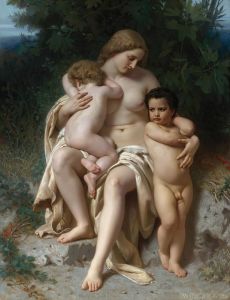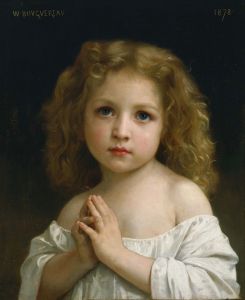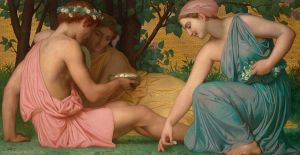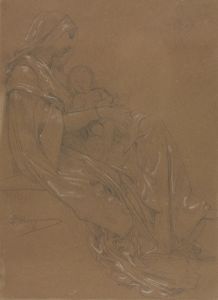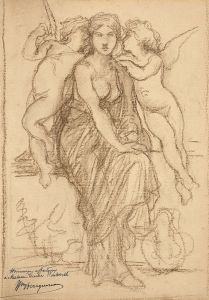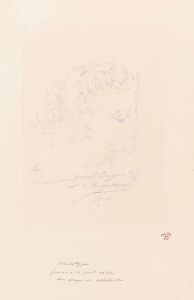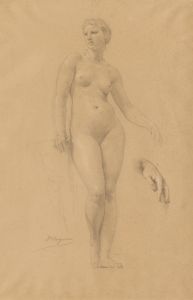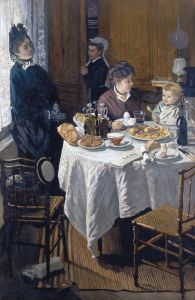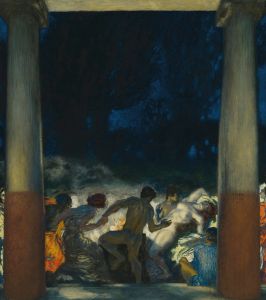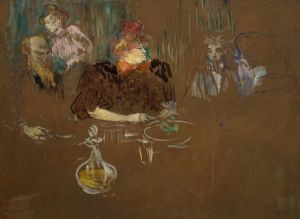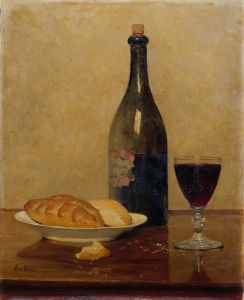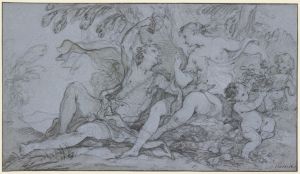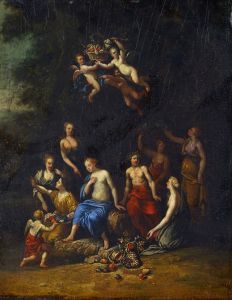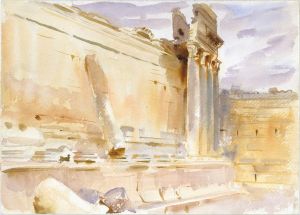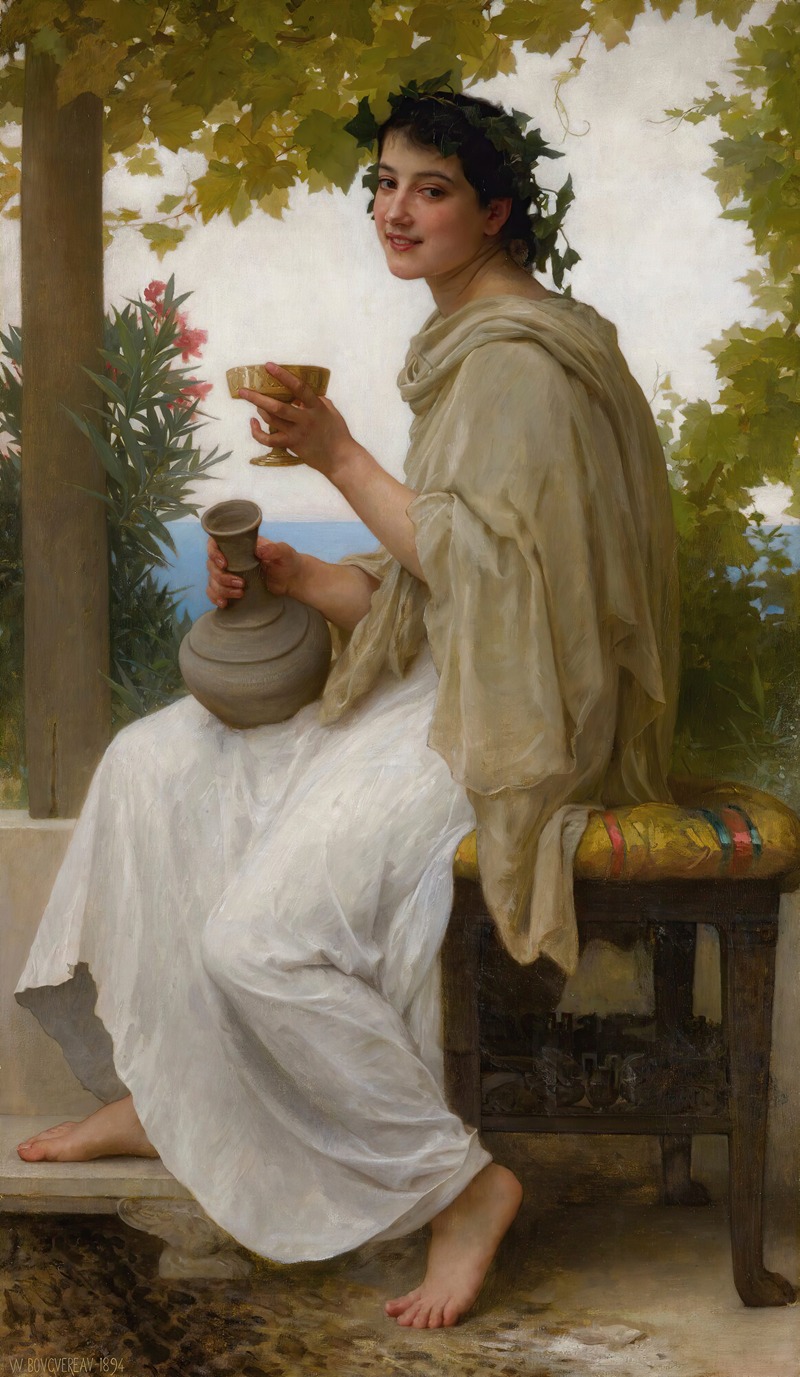
Bacchante
A hand-painted replica of William Bouguereau’s masterpiece Bacchante, meticulously crafted by professional artists to capture the true essence of the original. Each piece is created with museum-quality canvas and rare mineral pigments, carefully painted by experienced artists with delicate brushstrokes and rich, layered colors to perfectly recreate the texture of the original artwork. Unlike machine-printed reproductions, this hand-painted version brings the painting to life, infused with the artist’s emotions and skill in every stroke. Whether for personal collection or home decoration, it instantly elevates the artistic atmosphere of any space.
"Bacchante" is a painting by the renowned French artist William-Adolphe Bouguereau, completed in 1894. Bouguereau, a leading figure in the academic art movement of the 19th century, was celebrated for his realistic genre paintings and his skillful use of the human form. His works often depicted mythological themes, and "Bacchante" is a prime example of this aspect of his oeuvre.
The painting portrays a Bacchante, a female follower of Bacchus, the Roman god of wine, known as Dionysus in Greek mythology. Bacchantes, or Maenads as they were called in Greek mythology, were often depicted as frenzied women who participated in the ecstatic rites of Bacchus. In Bouguereau's interpretation, the Bacchante is depicted with a serene and composed demeanor, which contrasts with the traditional portrayal of these figures as wild and frenzied.
Bouguereau's "Bacchante" is characterized by its meticulous attention to detail and the smooth, polished finish typical of his work. The painting exemplifies his mastery in rendering the human form with anatomical precision and a soft, lifelike quality. The Bacchante is shown with a wreath of vine leaves in her hair, a common attribute associated with followers of Bacchus, symbolizing their connection to the god of wine and revelry. Her expression is calm and introspective, offering a more subdued interpretation of the Bacchante's role in mythology.
The background of the painting is kept simple, focusing the viewer's attention on the figure of the Bacchante. This compositional choice is typical of Bouguereau's style, where the emphasis is placed on the subject rather than the setting. The use of light and shadow in the painting highlights the contours of the figure, enhancing the three-dimensional effect and adding to the lifelike appearance of the subject.
"Bacchante" reflects Bouguereau's academic training and his dedication to classical themes, which were highly regarded during his time. His works were popular among the art-buying public and were frequently exhibited at the Paris Salon, the official art exhibition of the Académie des Beaux-Arts in Paris. Bouguereau's paintings, including "Bacchante," were praised for their technical skill and beauty, although they were sometimes criticized by proponents of modern art movements for their adherence to traditional techniques and subjects.
Today, Bouguereau's work, including "Bacchante," is appreciated for its technical excellence and its role in the history of 19th-century art. His paintings are held in numerous public and private collections around the world, and they continue to be studied for their contribution to the academic art tradition. "Bacchante" remains a testament to Bouguereau's skill as a painter and his ability to bring mythological subjects to life with grace and elegance.





